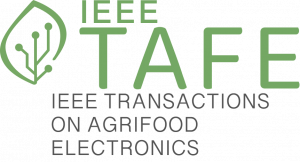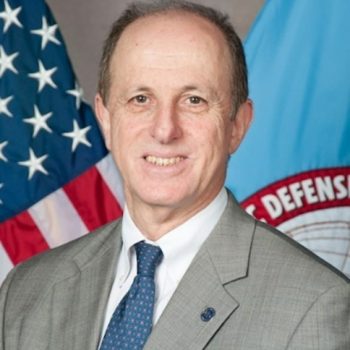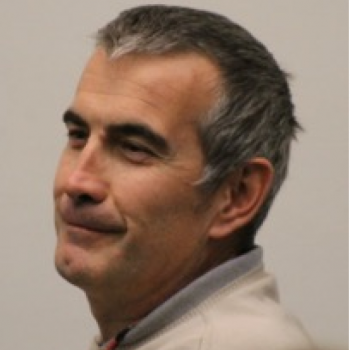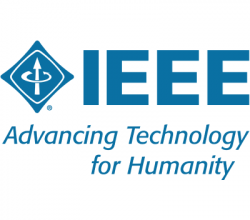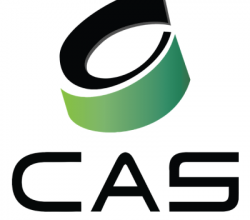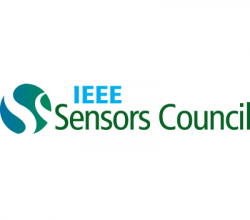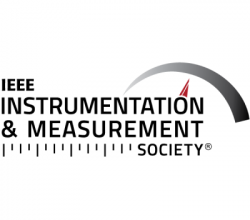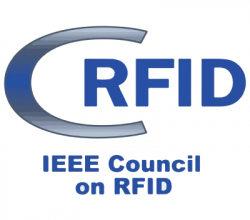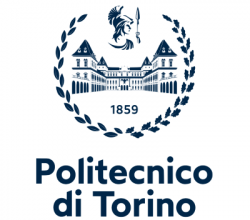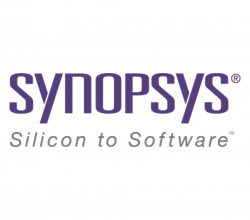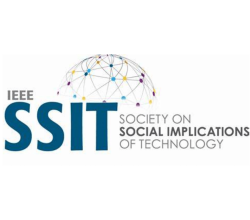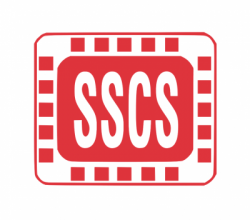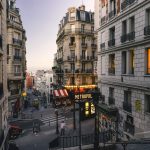CAFE, the IEEE Conference on AgriFood Electronics, is the reference for cutting edge electronics research applied to the AgriFood chain of value. Electronics are ready to leverage the change in paradigm for managing all the food chain stages, from smart and precision agriculture up to the processing phase and the selling points. Electronics and Sensors can dialogue with nature to help farmers and all food chain stakeholders to understand and protect the environment, facing the challenges related to Climate Change and Natural Resource Optimization.
April 15th, 2023, Special Session Proposal Deadline
June 16th, 2023, 4+1 Pages Paper Submission Deadline
July 15th, 2023, Paper Decision Notifications
July 31st, 2023, Final Paper Submission Deadline
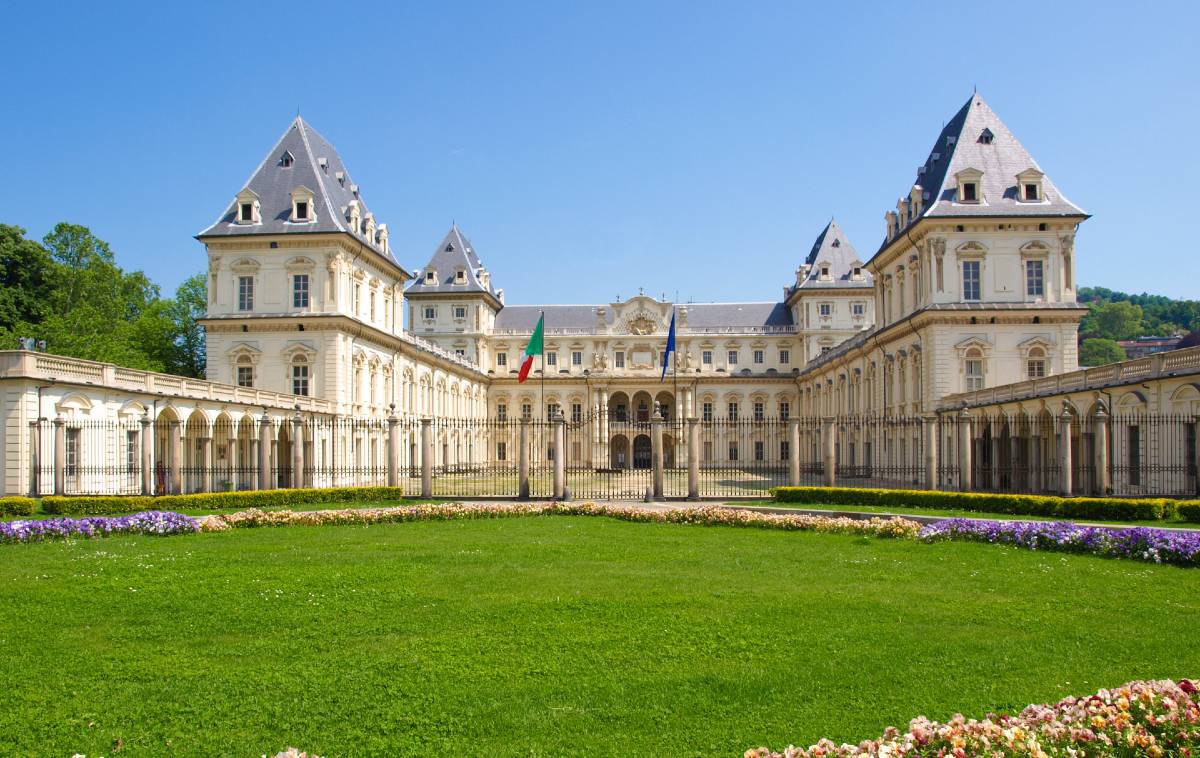
Accepted papers will be submitted for inclusion into IEEE Xplore subject to meeting IEEE Xplore’s scope and quality requirements.
IEEE CAFE Conference is linked to the brand new IEEE Transactions on AgriFood Electronics (TAFE).
The best selected papers may be extended to the IEEE TAFE Transactions!
As twin event with CAFE, will be organised the IEEE CAS Industry Forum IAFE (Industry for AgriFood Electronics), where will be invited experts from the industry who will share their experience in the development of applications for AgriFood Electronics. Talks and an Open Discussion will take place to share knowledge and setting up new initiatives together.
Works related to research projects on electronics applied to AgriFood. Innovative solutions applied to the AgriFood chain of value, including technologies for food and its production (precision agriculture), processing, quality control along the distribution chain, and preservation.
Smart Electronic Systems for the AgriFood value chain; Sensors for monitoring food production and processing; Monitoring Networks for controlling the status of crops; Mobile Monitoring Devices for food delivery … and many others ...
The Conference will be held at Politecnico di Torino. For having more details about Torino and the trip for joining us, please go to the Venue Infos at http://2023.ieee-cafe.org/venue/politecnico-di-torino/
CAFE, will be held IN PERSON. It is a fundamental experience to have a personal meeting among speakers and attendees, so we do not want to miss this opportunity. We are waiting for you in Torino!
The Conference will be held at Politecnico di Torino, Italy
in the Conference Room “Emma Strada”
IEEE CAFE will be held at the Department of Electronics and Telecommunications of Politecnico di Torino, Italy, in the Conference Room Emma Strada, at the Ground Floor at the entrance of Corso Duca Degli Abruzzi 24.
Torino, and the Piedmont region, are famous to be the most important center for Automotive in Italy, but also for important activities in food production and processing. After the Winter Olympic Games of 2006, Torino became more famous around the world and new touristic infrastructures were setup in the recent years. In fact the number of tourists in Torino had a huge increase from 2006.
Torino is often referred to as Europe’s hottest capital. It is a city in evolution: from Augusta Taurinorum (after 27 a.C.) to the capital of the Savoy Dukedom (1563) until becoming Italy’s first capital (1861), the queen of the automobile industry (1899) and the star of the 2006 Winter Olympics. Today Torino stands, waiting to be discovered in all of its many aspects: filled with historic evidence, acclaimed museums, works of contemporary art en plein air, cultural events, with its characteristic porticos, renowned historical meeting places, its extensive parks and magic places. Torino has recently been included in the league of the prestigious Michelin guide’s 3-Star Cities along with Florence, Venice and Rome.
In both scientific and humanist university teaching and research Turin boasts many figures of eminence: a plaque at Number 29 via Lagrange, for example, marks the former home of Giuseppe Luigi Lagrange, one of the 18th century’s greatest mathematicians. Turin was in fact the cultural home of many of the century’s most enlightened reformers and intellectuals: at the corner of Via Alfieri and Piazza San Carlo where Vittorio Alfieri lived for five years and wrote his first tragedies.
Turin was the first Capital of Italy, and this is documented by a flourish of plaques commemorating the leading lights of Italy’s Risorgimento, the birth of Vittorio Emanuele II is marked by the tablet on the facade of Palazzo Carignano, as are the homes of Court Camillo Benso di Cavour and Massimo D’Azeglio and the foundation of the Carabinieri Regiment.
Facilities. The Conference will be hosted at Politecnico di Torino, the technical school of Torino, where are present all the facilities useful for the organization of an event as CAFE.
Accommodation. There are so many opportunities of accommodation in Torino. All the accommodations in the City center are very well connected thanks to a very fast Metro, Buses and Tram lines (the historical transportation system of the city).
We summarize here some examples of average costs (normal rates in US $ per night) for possible accommodations in the expected period of the conference (November).
Examples of Hotels in the city center: 240$, Principi di Piemonte, 5*; 200$, NH Santo Stefano, 4*; 90$, Le Petit, 3*.
These prices will be further discounted thanks to agreements on the conference.
Attractions. Torino has a very famous Museum of Ancient Egyptian Culture. The Museo Egizio is a museum specializing in Egyptian archaeology and anthropology. It houses the world’s second largest collections of Egyptian antiquities after Cairo. In 2006 it received 554,911 visitors.
Another very interesting site is the symbol of Turin, the Mole Antonelliana. It is named for the architect who built it, Alessandro Antonelli. A mole is a building of monumental proportions. Construction began in 1863, soon after Italian unification, and was completed in 1889, after the architect’s death. Originally conceived of as a synagogue, it now houses the Museo Nazionale del Cinema, and is the tallest museum in the world.
Turin has always been known as the living-room town and seems built to walk calmly along its avenues and through its squares and admire the historical centre with its many elegant old meeting places preserved with such care. Turin is the great town of porticoes, over 16 kilometres in all. From the wide and beautiful ones in the town centre with grey stone (Via Po) or marble (Via Roma) pavements to the humbler and more strictly functional ones of the peripheral ones, porticoes are a unique urban features in their extension and development along streets, avenues and squares.
Porticoes shelter you from the rain and sun, lend themselves to comfortable strolling and dehors cafés and are useful and pleasant social meeting points.
Turin and Piedmont have been famed for their confectionery industry ever since ancient times. When writing of the Taurini, Pliny (I Century A.D.) stated they used the seeds of the Alpine fir-tree mixed with honey to make a sweet (called aquicelus), maybe the forebear of today’s Turin nougat.
A place of honour among the lengthy list of sweet things produced at Turin ever since last Century is occupied by chocolate, technically defined as a combination of roasted cocoa and refined sugar mixed together at the appropriate temperature. What the whole world now calls Gianduja chocolate was invented at Turin. It’s a mixture of cocoa, sugar and hazelnuts (originally only of the famous Gentile delle Langhe quality). The passage from this chocolate to the Giandujotto was very short indeed; Giandujotto chocolates originally had many different names, later forgotten. In 1867 Gianduja officially presented Giandujotti chocolates at the Turin Wine Show.
Accessibility. The Turin’s Airport (Sandro Pertini) is 16 kilometres northwest of the town center. It is connected to the most important European Hubs: Rome, Paris, Frankfurt, Munich.
Torino is not far from Milan Malpensa Airport, located 140 km from Turin, but easly connected with direct Buses to the Torino City Center. A bus service links the Milan Malpensa Airport with Turin, there are about 10 daily runs. The trip lasts for about 2 hours.
PROGRAM
In-person participation to the 2-days Event.
- Coffee Breaks
- Lunches
- Welcome Cocktail on September 25th
- Social Dinner on September 26th
In-person participation to the 2-days Event.
- Coffee Breaks
- Lunches
- Welcome Cocktail on September 25th
- Social Dinner on September 26th
In-person participation to the 2-days Event.
- Coffee Breaks
- Lunches
- Welcome Cocktail on September 25th
- Social Dinner on September 26th
In-person participation to the 2-days Event.
- Coffee Breaks
- Lunches
- Welcome Cocktail on September 25th
- Social Dinner on September 26th
To participate to IAFE only registration must be done via email.
- Mandatory Registration
- Lunch Included for CAFE Attendants Only
For any information please contact:
[email protected].
Registrations will be handled by Pragma Congressi srl Corso Mazzini 14 – 27100 Pavia. Tel. +39 0382 309579
[email protected]
Recent Comments
This site uses cookies. Find out more about cookies and how you can refuse them.

